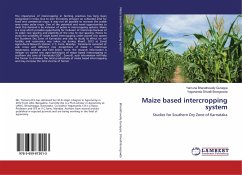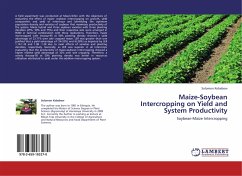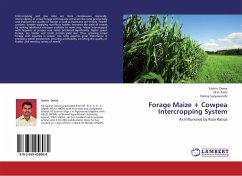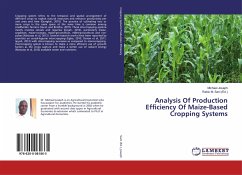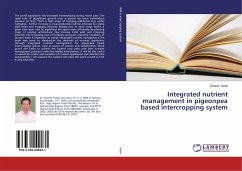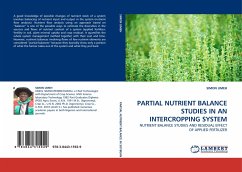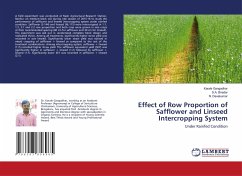The importance of intercropping in farming practices has long been recognized in India. Due to ever increasing pressure on cultivated land for food and commercial crops, it may not be possible to increase the arable area under pulse crops. One of the potential and novel opportunities to meet this demand is by inclusion of pulses in intercropping systems. Maize is a crop which provides opportunity for inclusion of intercrops because of its wider row spacing and plasticity of the crop to row spacing. Hence to study the suitability of maize based intercropping under paired row system for Southern Dry Zone of Karnataka and also to study its effect on soil fertility and economics was taken up during Kharif, 2013 at Zonal Agricultural Research Station, V. C. Farm, Mandya. Treatments consisted of sole crops and different row proportions of maize + intercrops (pigeonpea, soybean and field bean). Since, the research information is meager on paired row agro-techniques of maize based intercropping in southern dry zone of Karnataka (SDZ : Zone-6), such information will help the farmer to enhance the total productivity of maize based intercropping and may increase the total income of farmer.

